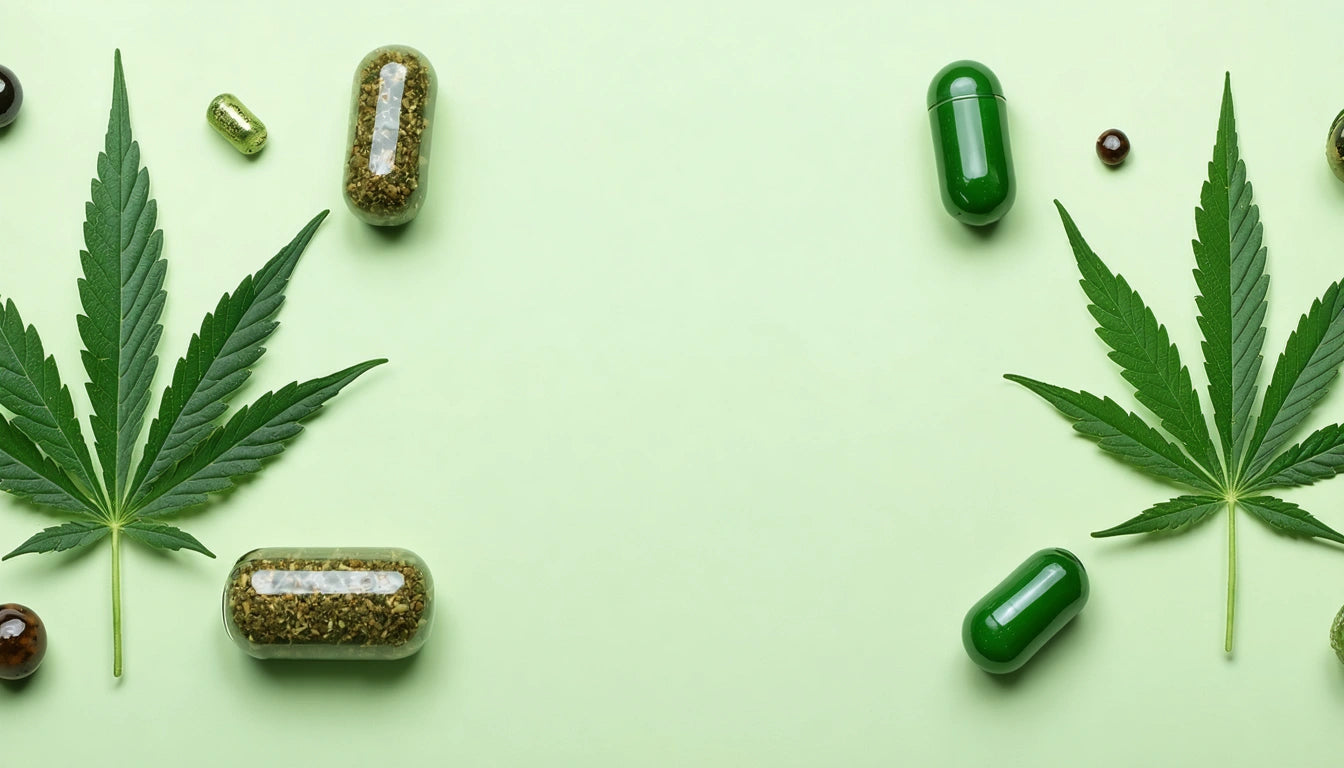Table of Contents
- Key Differences Between Indoor and Outdoor Cannabis
- Indoor Cultivation: Controlled Environment Benefits
- Outdoor Cultivation: Natural Growing Advantages
- Potency Comparison: Why Indoor Weed Often Tests Higher
- Soil Considerations for Both Growing Methods
- Transitioning Plants Between Environments
- Choosing the Right Method for Your Needs
Indoor vs. Outdoor Weed: Understanding the Differences and Benefits
The debate between indoor vs. outdoor weed cultivation continues to evolve as the cannabis industry matures. Each growing method offers distinct advantages and challenges that influence the final product's appearance, potency, flavor profile, and overall quality. Understanding these differences helps consumers make informed choices and gives cultivators insight into which approach might best suit their goals.
Key Differences Between Indoor and Outdoor Cannabis
Indoor and outdoor cannabis differ in several fundamental ways that impact everything from appearance to chemical composition. Comparing growing methods reveals that indoor cannabis typically features:
- More consistent appearance with uniform bud structure
- Vibrant colors and visible trichome coverage
- Higher average THC percentages
- More controlled terpene profiles
Outdoor weed, by contrast, often displays:
- More varied bud structure and density
- Natural color variations influenced by climate
- Wider cannabinoid profile diversity
- Terpene expressions influenced by terroir (similar to wine)
Indoor Cultivation: Controlled Environment Benefits
What is indoor weed exactly? It refers to cannabis grown in completely controlled environments where growers manipulate every variable from lighting and humidity to nutrient delivery and air circulation. Understanding indoor flower cultivation reveals several key advantages:
Climate Control Precision
Indoor growers can maintain ideal conditions 24/7, regardless of external weather. This consistency allows for year-round cultivation and multiple harvests annually. The controlled environment also minimizes pest pressures and eliminates concerns about adverse weather events.
Light Optimization
Sophisticated lighting systems can be programmed to deliver specific light spectrums at precise intensities, maximizing photosynthetic efficiency. This control contributes significantly to why indoor weed is stronger than outdoor in many cases.
Outdoor Cultivation: Natural Growing Advantages
Outdoor cannabis cultivation harnesses natural sunlight and environmental conditions to produce plants that often develop more complex profiles. Growing weed outdoors offers several distinct benefits:
Sustainability Factors
Outdoor cultivation typically requires significantly less energy than indoor operations, which need constant electricity for lighting, HVAC, and other systems. This reduced carbon footprint makes outdoor cannabis generally more environmentally sustainable.
Natural Terroir Influence
Similar to wine grapes, cannabis grown outdoors develops characteristics specific to its growing region. Soil composition, natural precipitation, and local climate all contribute to unique flavor and effect profiles that can't be precisely replicated indoors.
For those interested in the natural aspects of cannabis consumption, pre-rolled cones made from natural materials can complement the outdoor-grown experience, preserving the plant's natural characteristics during consumption.
Potency Comparison: Why Indoor Weed Often Tests Higher
The question of whether indoor or outdoor weed is better often centers around potency discussions. Indoor cannabis typically tests higher in THC percentage for several reasons:
- Optimized light exposure during critical flowering phases
- Prevention of cannabinoid degradation from environmental stressors
- Ability to harvest at peak potency without weather concerns
- Selective breeding programs optimized for controlled environments
However, potency isn't the only measure of quality. Outdoor weed vs indoor weed comparisons should consider the full spectrum of cannabinoids and terpenes, which contribute to the entourage effect and overall experience.
Soil Considerations for Both Growing Methods
The differences between indoor potting soil vs outdoor potting soil are significant and impact plant development. Indoor soil mixes typically:
- Contain precise nutrient ratios for different growth stages
- Feature optimized drainage properties for container growing
- Include amendments like perlite, coco coir, and worm castings
- May be sterile to prevent pest introduction
Outdoor soil systems, whether amended native soil or raised beds, benefit from:
- Natural microbial ecosystems that support plant health
- Deeper root development potential
- Access to naturally occurring minerals and nutrients
- Sustainable water management through soil structure
Essential growing tips for both methods emphasize the importance of understanding soil composition for successful cultivation.
Transitioning Plants Between Environments
Can you move a weed plant from outdoor to indoor? Yes, but this transition requires careful management. Plants developed in one environment have adapted to specific conditions, and sudden changes can cause stress. When transitioning:
- Gradually adjust light exposure to prevent shock
- Monitor closely for pests that might come indoors with plants
- Be prepared for changes in water and nutrient requirements
- Expect some adjustment period where growth may slow temporarily
The reverse transition (indoor to outdoor) requires hardening off plants gradually to prevent sunburn and environmental stress.
Choosing the Right Method for Your Needs
When deciding between cultivation methods, consider your priorities. Indoor growing excels in consistency, potency control, and year-round production but requires significant investment in equipment and energy. Step-by-step indoor growing guides can help navigate the technical aspects.
Outdoor cultivation offers lower operational costs, potentially larger yields per plant, and environmentally sustainable production, though it's limited by seasonal cycles and environmental variables. Timing guides for outdoor growing help maximize success within these natural constraints.
For many commercial operations, a hybrid approach using greenhouse methods combines advantages from both systems, offering a middle path that balances control with sustainability. Understanding these differences helps cultivators and consumers alike appreciate the unique qualities that each method brings to cannabis production.











Leave a comment
All comments are moderated before being published.
This site is protected by hCaptcha and the hCaptcha Privacy Policy and Terms of Service apply.